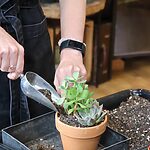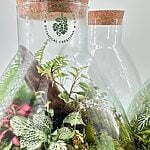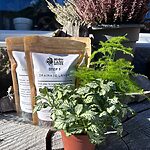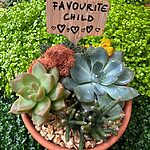- About
- Light
- Humidity
- Water
- Soil
- Pests & Diseases
- Feed
- Pruning & Propagating
- Repotting
- Troubleshooting & Tips
- Toxicity
- Species
- Aglaonema Pink Chinese Evergreens
- Aglaonema Pink Point Star Chinese Evergreens
- Aglaonema Crete Red Chinese Evergreens
About
Aglaonema is a bit of an underrated and unsung hero in the houseplant society. Not often a first choice for many people as they don’t seem to be as widely known as some of the other household favourites found in the same family but also because they can be difficult to find both online and in houseplant shops.
Aglaonema is a strikingly beautiful plant and has been cultivated in recent times into a range of vivid colours, all with their own slightly unique patterns and colour combinations. Originally this plant would be found in tropical and subtropical regions of Asia and New Guinea, growing in shady, warm and humid environments mainly consisting of jungles and forests. They have been popular in China and various other regions of Asia for centuries being grown specifically as a luck-bringing ornament. Around the 1880s Aglaonema made its first appearance in the UK being brought back to the Royal Botanic Gardens at Kew, where they slowly seeped out into the western culture and the growing indoor plant scene.
Commonly known as the Chinese evergreen or poison dart plant, Aglaonema is a flowering perennial that belongs to the family Araceae, which also includes some houseplant favourites like Monstera and Philodenron. While natural varieties of the plant detest cold temperatures, showing signs of damage at temperatures less than 15°C, many hybrids and cultivars have been produced which has made them slightly more adaptable to home living.
In essence, Aglaonema makes for an easy-to-keep, wonderful-to look at and incredibly versatile houseplant. Their ability to handle low light while not being too fussy makes them a perfect beginner plant. This is not one to overlook and can add a much-needed bright flourish of colour to a sea of indoor greenery.
Light
Aglaonema comes in a wide variety of colours, the brighter the leaf colour the more important it is that the plant is placed in bright indirect sunlight. The brightly coloured leaves can often fade or start to look a bit drab if they aren’t receiving bright enough light conditions.
Aglaonema varieties that come in a variety of shades of green will be more comfortable tolerating low-light conditions. They will still need some exposure to indirect light but overall will survive just fine. They may grow at a slower rate and require less watering but will still stay happy and healthy plants.
Direct sunlight should be avoided at all costs this quickly causes damage to leaves by burning the delicate foliage.
Humidity
Being native to tropical and subtropical regions Aglaonema loves high humidity. To truly perform at their best they need to be kept at a humidity level of around 70% which is way above the average household humidity level of 40%.
These plants will need regular humidity boosts to keep them happy and will start showing distress signs if kept in an environment where the humidity is too low. This will often start with the tips of the leaves turning brown and going crispy.
Pro Tip
The best way to maintain high humidity is to use a humidifier placed about a metre away from your plant to provide high ambient humidity. Alternatively, you could place your plant on an undertray filled with Leca pebbles sitting in a shallow layer of water. Make sure the plant is not submerged in any water as this can lead to root rot. As the water from the undertray evaporates from the surface of the pebbles or stones it will keep humidity levels high precisely where you need it most.
Water
Aglaonema like to be kept in consistently moist soil, it can sometimes be tricky to get the right balance to not over or underwater the plant. If in doubt, it is always best to keep the plant slightly underwatered than overwatered. Aglaonema can bounce back quite quickly from underwatering and is sometimes best to wait until you see a slight wilt in their leaves before watering to ensure they need a drink.
They can be very sensitive to overwatering and this can quickly cause issues with the plant, like root rot, yellow leaving and fungal problems. The top two inches of soil should always be dry before watering again.
Top Tip
Always water from the base of the plant. Sitting your plant in an under tray and allowing it to absorb water from the base will reduce the risk of overwatering and is a good preventative measure for fungus gnats. Remember to always set a timer from the minute the plant goes in the water, we don’t want any forgotten casualties on our hands.
Pro Tip
Before you water your plant, take note of the weight of the pot. Once you’ve watered the plant, try to notice the difference in weight from before. Now you can quickly tell if your plant needs water by just lifting it up
Soil
Aglaonema prefers well-drained soil that can retain moisture between watering. The ideal soil mix for Aglaonema will be nutrient-rich, allow for good aeration, be slightly acidic, and free-draining with a smidge of water retention.
Most aroid potting mixes will be sufficient, but you can always add perlite for some additional drainage, and vermiculite for added water retention. With a combination of these, you can provide the best environment for your plant to thrive.
Pests & Diseases
Even though Aglaonema plants are fairly robust they still suffer from pests, and the chance of them making an unwelcome appearance is still very possible.
It is good practice to regularly check your plants for any signs of aphids, red spider mites, mealy bugs, and thrips. You may notice some signs of distress but by checking regularly you allow yourself time to prevent a full-blown attack.
The most common problem that strikes these plants is mealybug, which can hide deep between the gap where the leaves meet the stem, this often happens with a lack of airflow so regular pruning can help to prevent the problem.
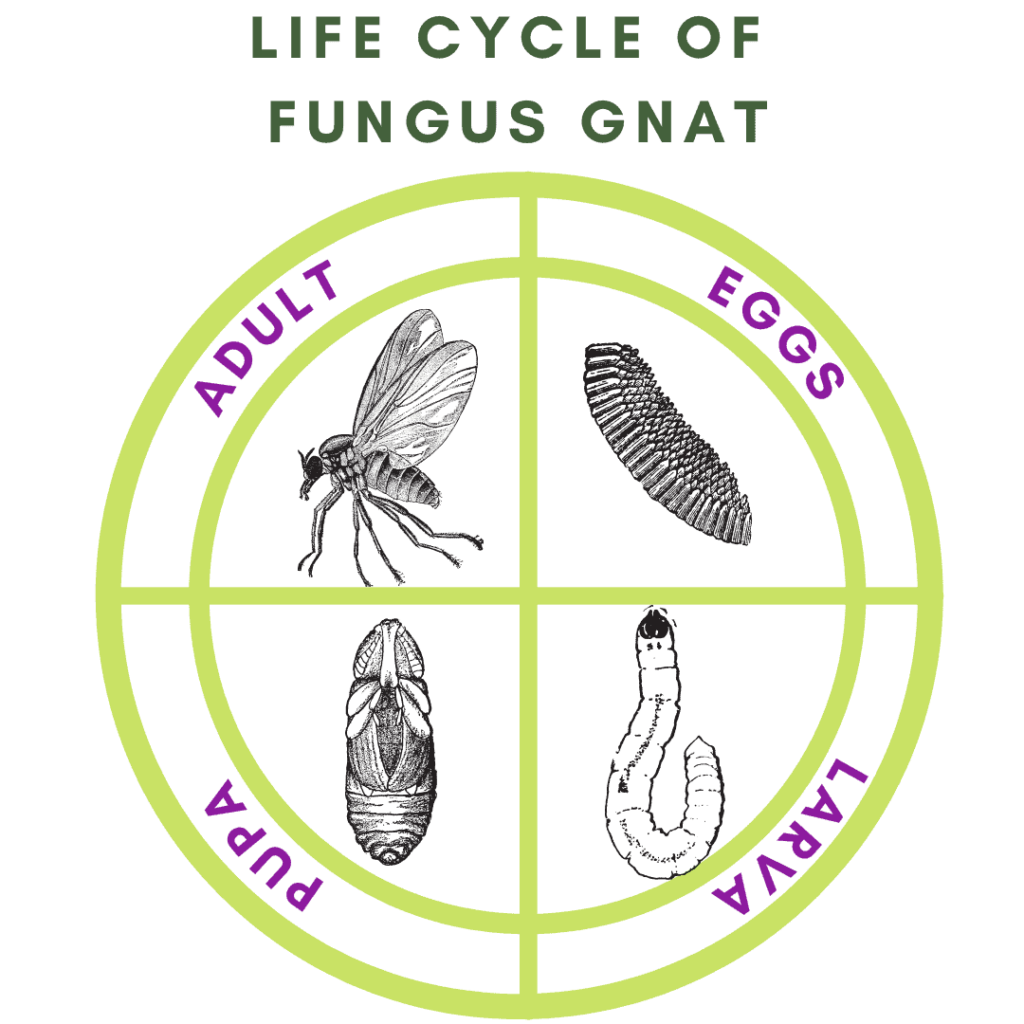
Check our video on homemade pest remedies or head over and read Fungus Gnat Fact Check and Home Remedies how to guide
Feed
Aglaonema will need routine feeding to keep the nutrients at optimal levels in the soil. Like most houseplants, to promote healthy roots stems, and leaves they will need a steady supply of nitrogen, phosphorus, and potassium. The most important is nitrogen to keep their leaves large and looking their best.
A good liquid houseplant feed can be applied every four to six weeks during the growing season. There’s no need to feed during the winter, light levels are much lower and the plant won’t use as much energy to grow.
Top Tip
A drop of houseplant feed in a mister bottle is a great way to feed your Aglaonema via its foliage. This will help to enhance the look of their already stunning leaves!
Pruning & Propagating
Due to the fast-growing nature of these plants, it’s useful to trim them back to keep them from growing out of control. It’s best to keep the new growth trimmed back throughout the spring and summer if you are happy with the size of your plant.
REMEMBER – Always use clean and sharp pruning scissors!
Aglaonema is a great plant to propagate as cuttings take easily and will start producing a new root system relatively quickly. There are two effective methods to start propagating from your plant;
Dividing
Aglaonema can be divided in a couple of ways if you have a larger plant with a substantial root ball this can be cut into pieces and repotted. Place the root ball on a flat surface and look for natural division points (these can be identified by how the stems are growing from the surface of the plant). Once you have identified your division points and made sure that each point contains a substantial amount of root, using a sharp sterilised knife, cut through the root ball. Transplant each new division into an appropriately sized pot in fresh potting soil
Top Tip
Dividing plants can cause shock and be a traumatic experience for your plant. So make sure the plant is in good health and has been well watered the day before to give the plant the best chance of survival
Cuttings
If you prune back your Aglaonema at the node, you will end up with a mass of great cutting material. Simply place your cuttings in a glass of rainwater and wait for up to 2-4 weeks to start seeing signs of new roots. You will need to regularly change the water to avoid a build-up of algae. Once you have substantial root growth you can place the cutting into a small pot of Aroid mix.
You can also put your cutting straight into a jar with fresh sphagnum mos. This is probably the easiest way to propagate as it involves the least steps. Simply take your cutting at the node, find a jar or pot preferably with no drainage holes, fill it up with fresh moss and nestle your cutting in the centre. Fill up the jar with water so the moss has been evenly watered and then drain out all excess water making sure not to leave any at the bottom of the jar when standing upright. Now just keep an eye on your new cutting, checking the moss every couple of days to ensure it hasn’t dried out.
Repotting
It’s best to re-pot your Aglaonema once the roots fill their pot. Depending on the size of the plant, you may find yourself repotting every twelve to fifteen months. That being said, they don’t mind being slightly pot-bound, they can survive like this as long as they are receiving enough nutrients via feeding.
The pot size can increase by one step up every year for as long as you have the space to house the new influx of growth. If you have reached your maximum pot size you will need to top-dress the plant once a year with a fresh layer of soil to replenish the nutrients.
The best time to repot your Aglaonema is when spring arrives. Outside temperatures will rise and the daylight hours will increase. When this happens your Aglaonema will react quickly to the environmental change and start producing lots of new foliage growth.
You will need to pick a pot with good drainage, we don’t want water hanging around the roots.
Next, fill a third of the way up with an Aroid mix. Place the root ball of the plant in the centre of the pot.
When you’ve finished and got your plant back in the perfect spot you can give it a thorough watering to settle the plant into its new pot. Keep a close eye on it for the first couple of weeks and then relax back into your normal watering and feeding schedule.
Troubleshooting & Tips
- If your Aglaonema is becoming leggy and leaf growth is becoming stunted this is an indication that it isn’t getting enough light, it will be best to find a brighter location.
- If your plant is quickly developing yellow leaves including the newer growth this is an indicator of too much direct light, move it away from any area of direct light so it is only receiving high levels of ambient light.
- The sudden development of yellow leaves that quickly become brown or mushy can be a sign of overwatering which in most cases could also lead to root rot.
- If the edges of your plant are starting to become brown, this can be a sign of temperature shock, which can occur from sudden changes in ambient temperature or persistent cold drafts but can also develop if the plant is watered with cold water causing shock to the root system.
- If the tips of the leaves are starting to turn brown and slightly crispy this is a sign that the plant needs more humidity.
- If the edges of the leaves are turning brown and starting to curl inwards this is a sign that the plant isn’t getting enough water.
Toxicity
Aglaonema contains calcium oxalate which can be toxic if ingested by pets or humans which is why it has been named the poison dart plant. It is best to keep out of the reach of anything that might be curious enough to give the plant a try.
Species
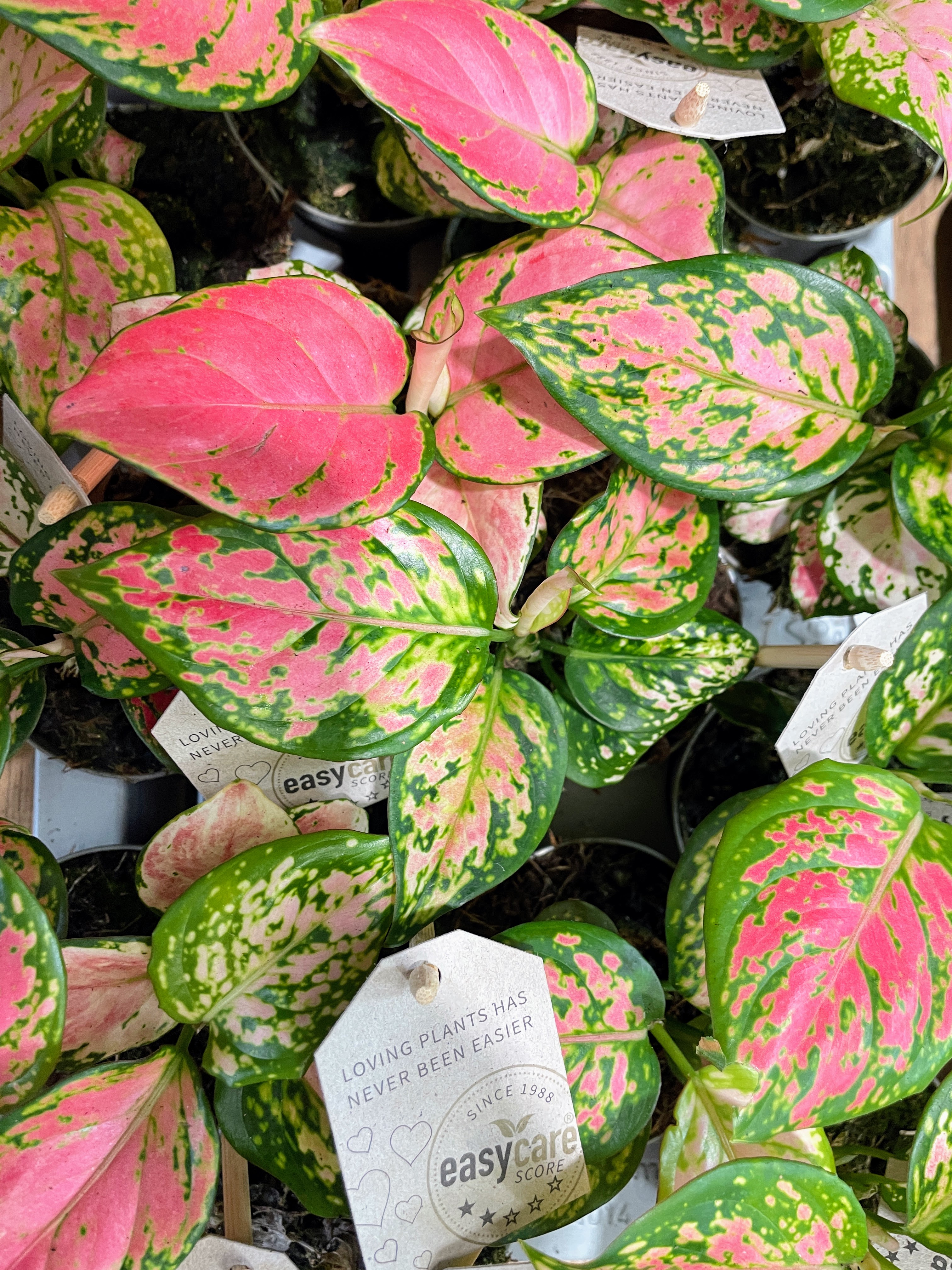
Aglaonema Pink Chinese Evergreens
Aglaonema Pink Chinese Evergreens, also known as Aglaonema Pink Dalmatian, are a popular houseplant variety known for their attractive foliage and low-maintenance requirements. The leaves of Aglaonema Pink Chinese Evergreens are large, lance-shaped, and have a glossy texture. The base colour of the leaves is dark green, and they are adorned with irregular blotches of pink and cream, creating a unique and eye-catching pattern.
Aglaonema Pink Point Star Chinese Evergreens
Aglaonema Pink Point Star Chinese Evergreens are an excellent option for anyone looking for an attractive and low-maintenance indoor plant with a unique and striking appearance. The leaves are large, elongated, and have a glossy texture. The base colour of the leaves is a deep green, and they are covered in pink, cream, and silver variegation.
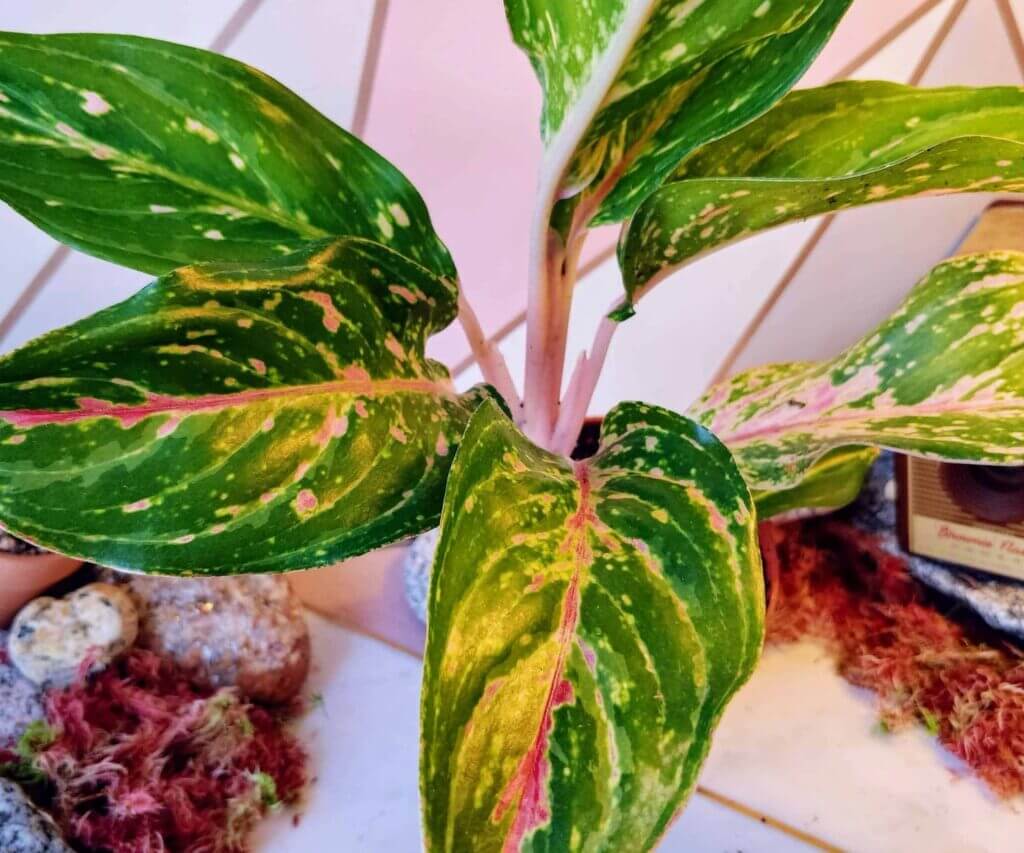
Aglaonema Crete Red Chinese Evergreens
Aglaonema Crete Red Chinese Evergreens is known for its unique and attractive foliage. The leaves are a deep jungle green with flex and stripes of pink, red, and silver that create a gorgeous and easy-to-care-for houseplant.
If you enjoyed this guide head over to Articles & Blogs to learn more or check out our YouTube for even more useful information!



